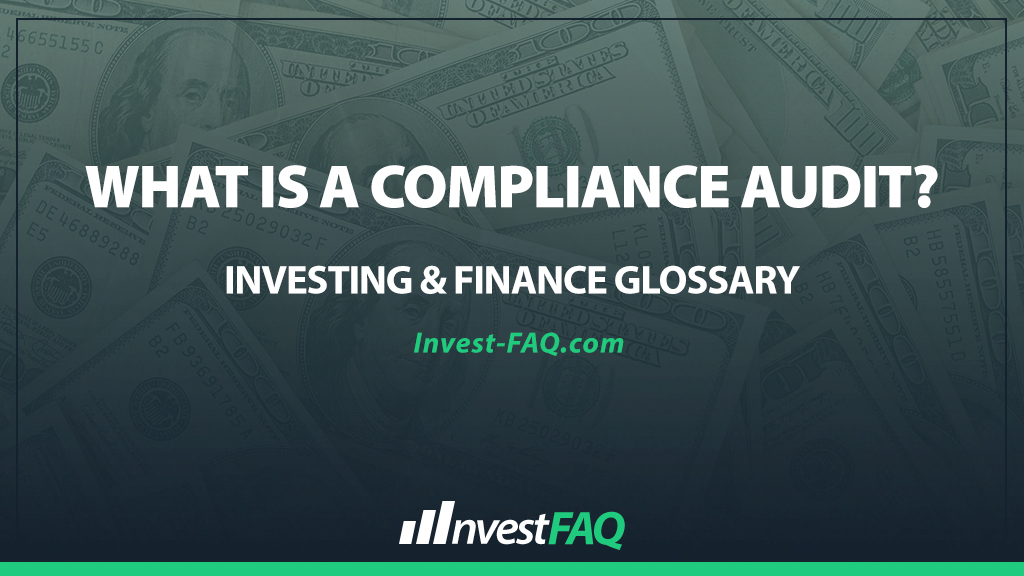
Compliance Audit
Contents
A compliance audit is a comprehensive review conducted to ensure that an organization is adhering to regulatory guidelines, industry standards, or internal policies. This type of audit evaluates the effectiveness of a company’s controls and processes in meeting required compliance obligations.
Businesses undergo compliance audits to validate their adherence to laws, regulations, and standards relevant to their operations.
This could include financial regulations, environmental laws, data protection guidelines, and more.
These audits are crucial for maintaining legal compliance, supporting ethical business practices, and protecting the organization from potential fines and legal issues.
Example of a Compliance Audit
“SafeData Inc.,” a data storage company, is subject to an annual compliance audit to verify its adherence to the General Data Protection Regulation (GDPR). The audit involves reviewing data protection policies, security measures, employee training records, and incident response plans to ensure they align with GDPR requirements.
Audit Focus Areas:
Data processing and consent documentation
Data security controls and encryption methods
Access controls and employee data handling training
Incident reporting and response procedures
In the case of “SafeData Inc.,” the compliance audit assesses various aspects of the company’s operations to ensure GDPR compliance.
This includes examining how personal data is collected and processed, ensuring that data subjects have given informed consent, reviewing the security measures in place to protect data from unauthorized access, and evaluating the company’s readiness to respond to data breaches.
The audit’s findings help SafeData identify areas of non-compliance and implement corrective actions to mitigate risks associated with data protection regulations.
Significance for Investing & Finance
The significance of a compliance audit in accounting and business operations includes:
Risk Mitigation: It helps identify and address compliance risks, reducing the potential for legal penalties, financial losses, and reputational damage.
Operational Improvement: By highlighting areas of non-compliance, businesses can improve their operational processes and internal controls, enhancing overall efficiency and effectiveness.
Stakeholder Assurance: Compliance audits provide assurance to stakeholders, including investors, customers, and regulatory bodies, that the company is operating responsibly and in accordance with applicable laws and standards.
Regulatory Compliance: They ensure that businesses stay updated on regulatory changes and adjust their practices accordingly, maintaining legal and ethical operations.
In summary, a compliance audit is a critical component of a company’s risk management and governance processes.
It ensures that businesses operate in line with legal and regulatory requirements, industry standards, and internal policies, fostering a culture of compliance, transparency, and accountability.
FAQ
What is the primary goal of a compliance audit?
The primary goal of a compliance audit is to assess whether an organization adheres to regulatory guidelines, laws, and internal policies, ensuring that it meets all required standards and avoids legal penalties.
Who typically conducts a compliance audit?
Compliance audits are usually conducted by external auditors or regulatory agencies, although some organizations may also perform internal compliance audits to ensure ongoing adherence to regulations before external audits occur.
In what areas are compliance audits most commonly performed?
Compliance audits are commonly performed in areas such as financial reporting, health and safety, information security, and environmental regulations, depending on the industry and specific regulatory requirements the organization faces.
What happens if a compliance audit finds violations?
If a compliance audit uncovers violations, the organization may face penalties, legal action, or regulatory fines, and will typically be required to address and correct the deficiencies within a specified timeframe to regain compliance.
